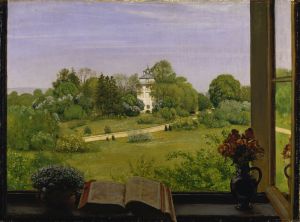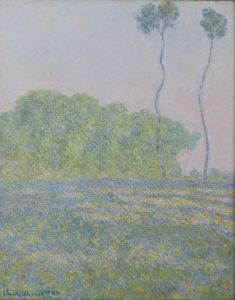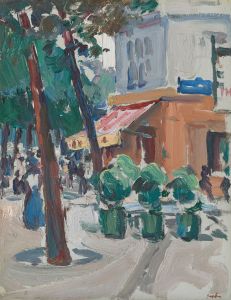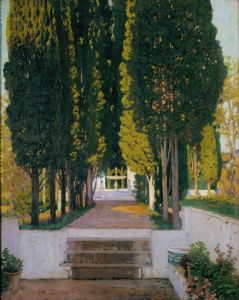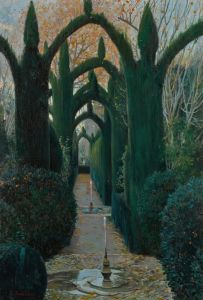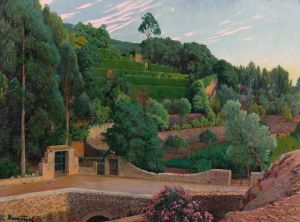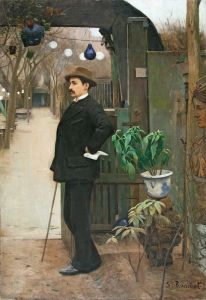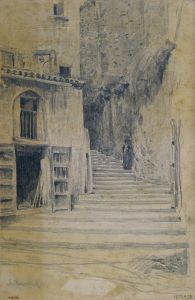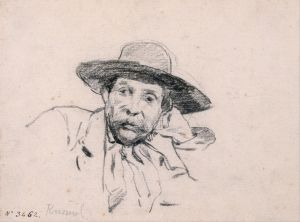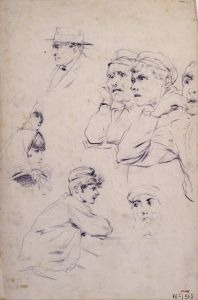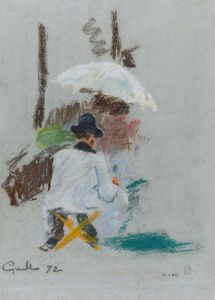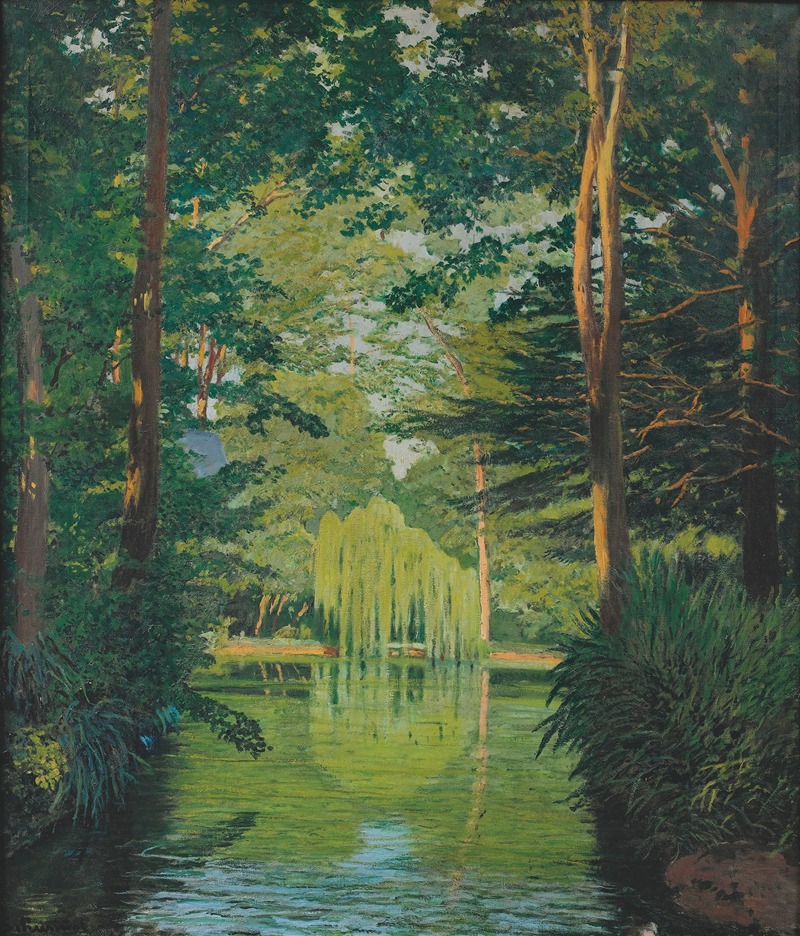
Parc Badés, Arbúcies
A hand-painted replica of Santiago Rusiñol’s masterpiece Parc Badés, Arbúcies, meticulously crafted by professional artists to capture the true essence of the original. Each piece is created with museum-quality canvas and rare mineral pigments, carefully painted by experienced artists with delicate brushstrokes and rich, layered colors to perfectly recreate the texture of the original artwork. Unlike machine-printed reproductions, this hand-painted version brings the painting to life, infused with the artist’s emotions and skill in every stroke. Whether for personal collection or home decoration, it instantly elevates the artistic atmosphere of any space.
Santiago Rusiñol was a prominent Spanish painter, poet, and playwright, known for his significant contributions to the Catalan Modernisme movement. Born in Barcelona in 1861, Rusiñol became a central figure in the artistic and cultural circles of Catalonia in the late 19th and early 20th centuries. His works often reflect the landscapes and gardens he encountered during his travels, as well as the cultural and social milieu of his time.
"Parc Badés, Arbúcies" is one of Rusiñol's landscape paintings, capturing the serene beauty of the Parc Badés located in Arbúcies, a town in the province of Girona, Catalonia, Spain. This region is known for its lush natural landscapes, which have inspired many artists over the years. Rusiñol's depiction of Parc Badés is a testament to his ability to convey the tranquility and natural beauty of the Catalan countryside.
Rusiñol's style is characterized by his use of light and color, which he employed to evoke mood and atmosphere. In "Parc Badés, Arbúcies," he likely utilized a palette that highlights the verdant greens and earthy tones of the park, capturing the essence of the natural environment. His brushwork would have been deliberate, aiming to bring out the textures and forms of the landscape, a hallmark of his approach to painting.
The painting reflects Rusiñol's broader interest in gardens and nature, themes that recur throughout his oeuvre. He was known for his garden paintings, which often depicted the interplay of light and shadow, as well as the harmonious coexistence of natural and man-made elements. These works are not just representations of physical spaces but are imbued with a sense of peace and introspection, inviting viewers to contemplate the beauty of the natural world.
Rusiñol's work was part of a larger movement in Catalonia that sought to define a distinct cultural and artistic identity. Modernisme, akin to Art Nouveau, was characterized by its embrace of modernity, its use of new materials and techniques, and its focus on nature and organic forms. Rusiñol, along with contemporaries like Antoni Gaudí and Lluís Domènech i Montaner, played a crucial role in shaping this movement.
Throughout his career, Rusiñol traveled extensively, drawing inspiration from various European locales. However, his roots remained firmly planted in Catalonia, and his works often reflect a deep connection to the region's landscapes and cultural heritage. "Parc Badés, Arbúcies" is an example of how Rusiñol's art serves as a bridge between the natural beauty of Catalonia and the broader artistic currents of his time.
Today, Santiago Rusiñol is remembered as one of Catalonia's most influential artists, and his works continue to be celebrated for their contribution to the cultural and artistic legacy of the region. His paintings, including "Parc Badés, Arbúcies," are housed in various collections and museums, where they continue to be appreciated by art lovers and scholars alike.





